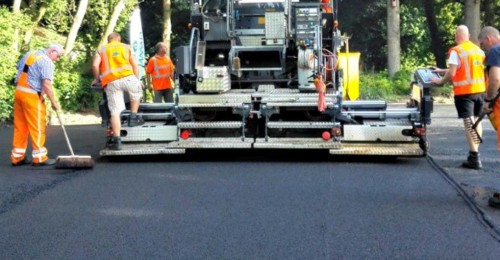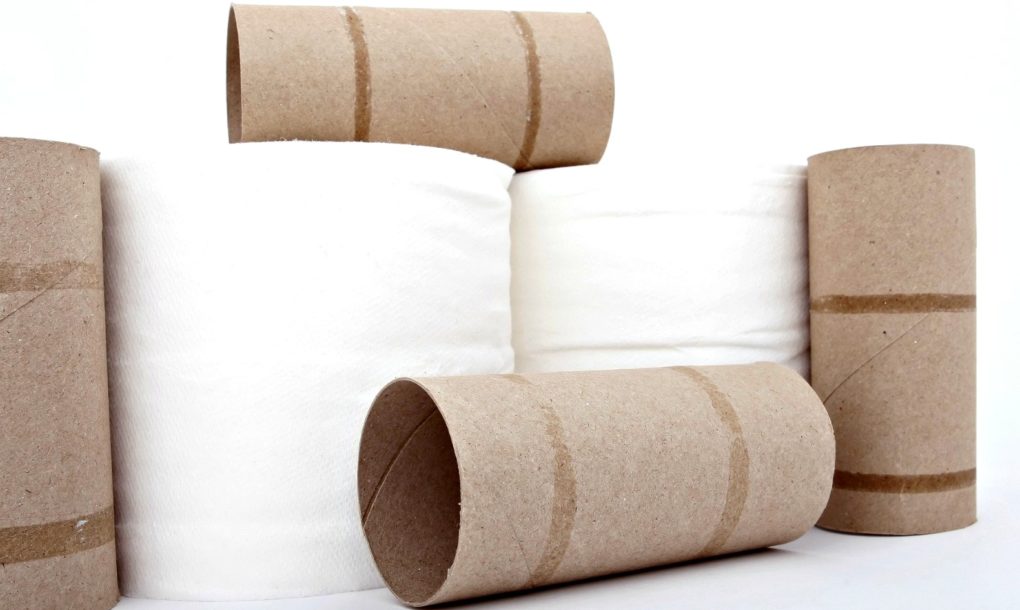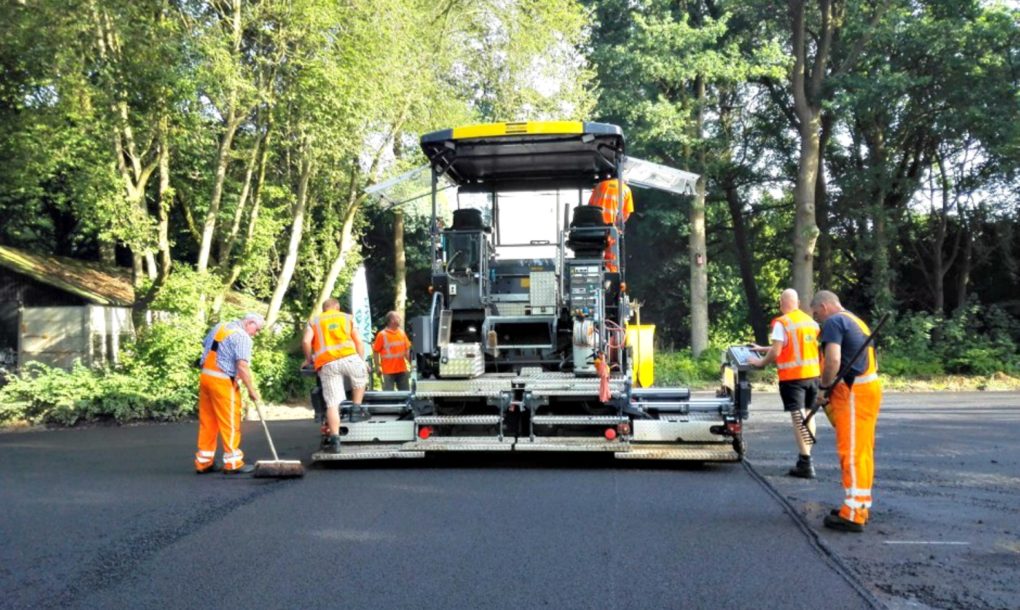RECOMMENDED VIDEOS

Portable Off-Grid Solar Studio by Kemuning Structures
Kemuning Structures Sdn Bhd

Malaysia Timber Industrial Board (One Tech Sdn Bhd) : Bamboo…
Malaysian Timber Industrial Board

Euro Eco Windows
Euro Eco Windows

OX GREEN AND PART OF THE TEAM
OX Industries

Iptrolite FS Down Light
9Iptro Sdn Bhd
Related Stories
‘House of Trash’ proves how waste can transform into beautiful home design
Whimsical park built of recycled materials pops up in Shanghai
Elevated bamboo peace bridge for the Korean Demilitarized Zone unveiled by Shigeru Ban and Jae-Eun Choi
Colossal cardboard temple pops up in Chiang Mai in just one day
“Cannabis walls” add warmth to this eco-friendly home in Israel
17 Oct, 2017

Bicycle highway in the Netherlands built using recycled toilet paper
Green Building Materials, Construction & Design | NETHERLANDS | 10 Oct, 2017
Published by : Eco Media Asia
People in the Netherlands use an estimated 180,000 tons of toilet paper every year. Because this amounts to a lot of trees, last Fall the Dutch province of Friesland repurposed the product to make a bicycle highway. The stretch of roadway, about 0.6-miles-long, connects the Frisian capital of Leeuwarden to the town of Stiens. It is the first bicycle lane in the world to be paved with toilet paper — but few can tell the difference.
In the Netherlands, roads are typically paved with blacktop. Specifically, open-graded asphalt friction course (OGFC) is used because it is porous and water permeable. “When roads get wet, [they get] slippery, so we use this asphalt because it takes water away from the road surface quicker,” said Ernst Worrell, Professor of energy, resources, and technological change at Utrecht University. The country sees an annual rainfall of 27 to 35 inches per year, so this safety measure is important.

While the method is effective, it isn’t the only way to build safe asphalt-type roads, as the province of Friesland recently proved. Last fall, a bicycle highway was built using tertiary cellulose extracted from waste streams. CirTec and KNN Cellulose developed the technology for extracting and cleaning the cellulose fibers. The process entailed sifting paper fibers out of wastewater with a 0.35-millimeter industrial sieve. The fibers were then run through a series of machines, which cleaned, sterilized, bleached and dried them. This produced a fluffy, grayish material.
According to Chris Reijken, wastewater treatment advisor at Waternet, “If you look at it, you would not expect it to have originated from wastewater.” Technically, the uses for the reclaimed cellulose are endless. The product could be used in building insulation, biofuel, textiles, pulp and paper, filters — and more. But due to sanitization concerns, it cannot legally be used in products that come into direct contact with people.

As a result, the recycled toilet paper was used to construct a bike highway. And so far, officials are reportedly pleased with the investment said to have held up well so far. The success of the project resulted in the same mixture being used to reinforce a dyke on the West Frisian Island of Ameland and to repave a parking lot of a children’s petting zoo in Groningen. CityLab says the city of Amsterdam is now interested in using cellulose from wastewater in its roadways.
“It’s a strange idea for people that there’s [toilet paper] in the road,” says Michiel Schrier, provincial governor of Friesland. “But when they cycle on it or feel it, they can see that it’s normal asphalt.” It’s still too early to say whether products from recycled toilet paper will become mainstream, but, in the Netherlands, at least, they’re off to a good start.
To repair all roadways in the Netherlands, 15,000 tons of fiber would be needed. From toilet paper alone, this wouldn’t be possible. But using tertiary cellulose from other waste sources, such as diapers and beverage cartons, two million tons could be created. Greener roads are just around the bend.
Article from inhabitat.com
by Amanda Froelich
